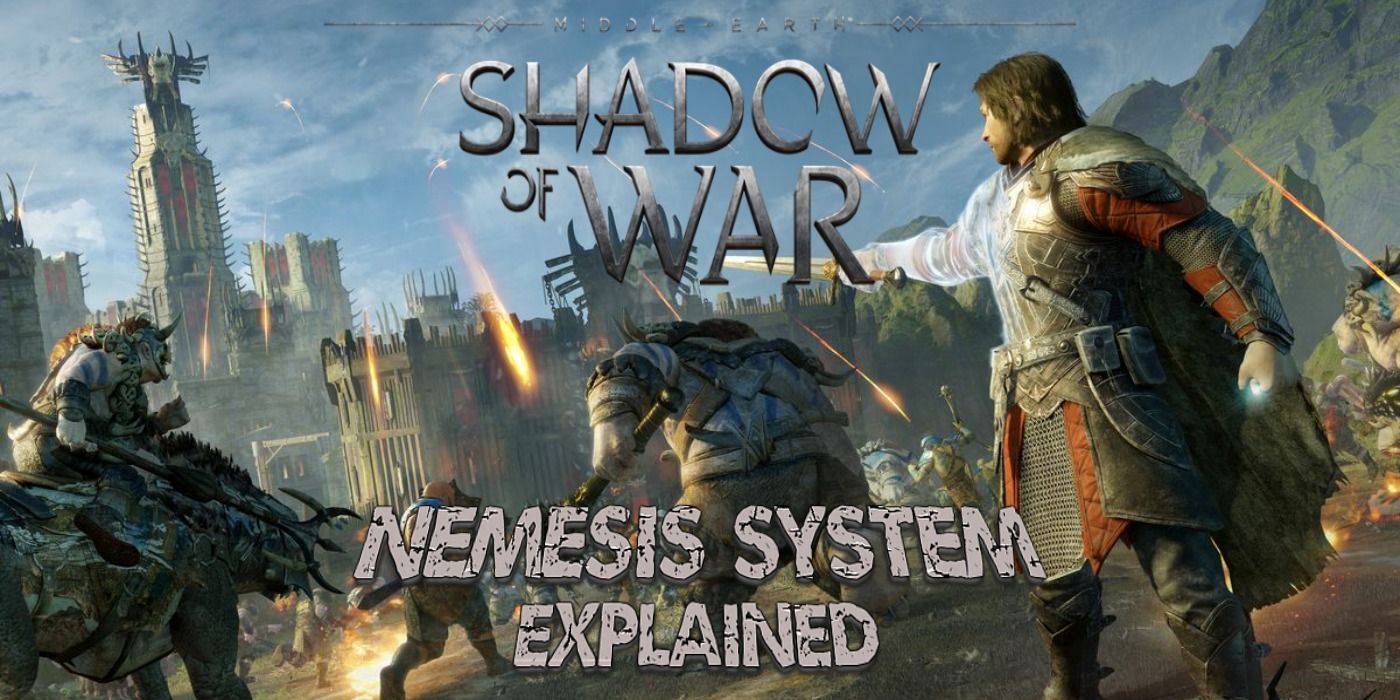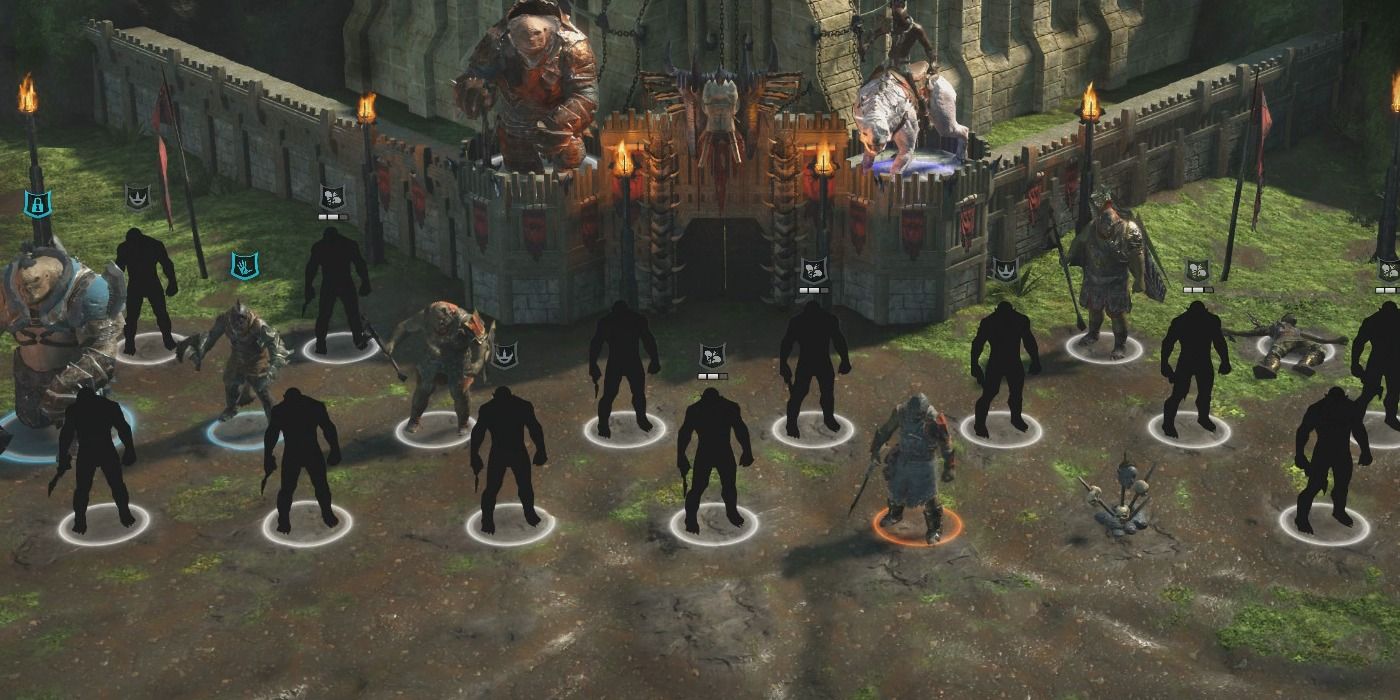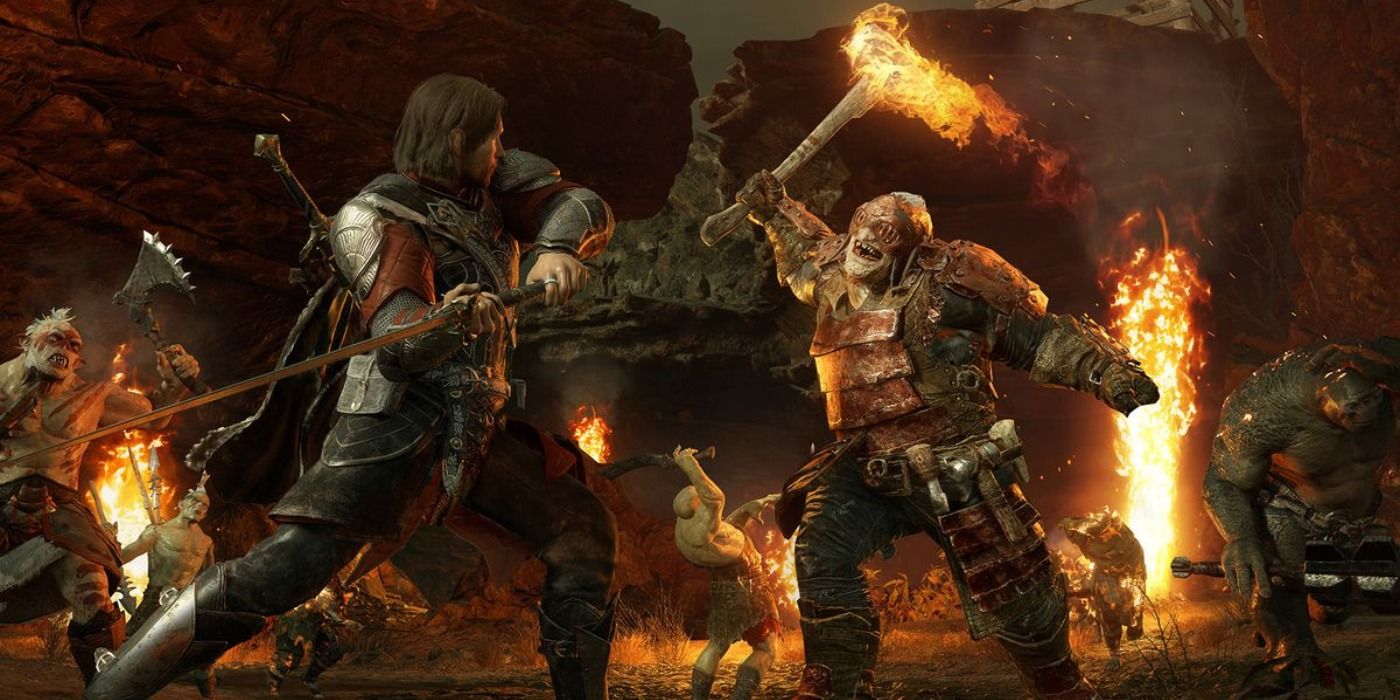The vast open-world of Middle Earth: Shadow of War recreates the feeling of existing inside the fantastical world created by Tolkien. Filled with the memorable creatures and figures of the Lord of the Ring franchise, Shadow of War provides players with both an in-depth combat system and an assortment of in-game missions and side missions. The charm of Shadow of War is rooted in their complex and well developed "Nemesis system" which provides a well-welcomed element of originality to the bland ecosystem of modern action titles.
This Nemesis system provides another layer to the immersion presented by Shadow of War. It breathes life into what would normally be faceless bosses found throughout the game's campaign. Presenting both tactical methods to overcome the variety of bosses and challenges in the game, the Nemesis system is one that should be more widely implemented into games of the open-world action genre. However, this Nemesis system may seem alien to those who are unfamiliar with how it works. This guide will explain its properties and gameplay influence throughout the course of Shadow of War.
What is the Nemesis System in Middle Earth: Shadow of War?
With such a cool title for a system mechanic, the Nemesis system lives up to its title. How the Nemesis system operates can be a lot to digest, but it is essentially a system that allows the game to provide players with a countless variety of ways that they can interact with the variety of enemy bosses including Warlords, War Chiefs, and Captains.
How the system operates is a bit complex. The game provides a variety of enemy tribes, and each tribe has a leader. Each of these bosses possess a unique name, visual design and personality. You will be hard-pressed to find a repeat tribe leader throughout the course of Shadow of War. The variety of Nemesis found throughout the course of the game are all unique and visually differing from their contemporaries. This is meant to establish an individual identity to separate each boss from one another. Making Shadow of War's rogue gallery a unique and player-specific experience rather than a series of cardboard cutouts meant to be chopped down.
Game Play Implications of the Nemesis System in Middle Earth: Shadow of War
The unique aspects of each boss may seem like just a simple quality of life change, but the system is more in-depth than just a cosmetic variation. Each Tribe leader has its own variety of strengths and weaknesses, alongside a leveling system to mirror the player's leveling. The Nemesis system develops as the course of the story progresses, enemies will gain promotions or level up alongside the player making an ever-evolving rival ecosystem for players to overcome.
As mentioned, each Nemesis has a variety of strengths and weaknesses. For example, an enemy captain may be extremely afraid of fire, so when facing that enemy if the player lights a fire that Nemesis will be more prone to flee from the fight. Another example of a weakness that a Nemesis possesses is if that enemy were to be weak to fire attack, they would instantly die from a fire attack. On the opposite side of this concept, a fire immune Nemesis will be impervious to flame-based attacks and might be weak in facing high-level enemies. All this to say that there is an unlimited amount of randomly generated strengths and weaknesses contained within each Nemesis. These individuals possess a unique and rather complex series of variability that makes facing a Nemesis both a treat or a pain dependent upon this system. Certain enemies will possess more difficult to manage traits than others, thus making each interaction a unique and player-specific experience.
The Nemesis system also allows for dynamics to emerge among each Nemesis. Certain Nemesis will develop a relationship with each other, this could be a high ranking Warlord recruiting a certain captain to become his bodyguard or even a rival feud between two Nemeses. These relationships can even lead to a Nemesis assassinating another member of the system. These relationships make Nemesis interaction an unpredictable and chaotic occurrence. This allows for an element of politics to enter into the world of Shadow of War, evoking an ever-evolving dynamism between the unique and different Nemeses that a player can face.
The longer a Nemesis is allowed to survive in the Nemesis system, the more that enemy will develop skills and traits alongside the player. They will level up making the battle against them that much harder with title changes to match this evolution. A captain Nemesis may level up to become a War Chief of a fortress or even develop into a powerful Warlord. As a Nemesis levels up, so does their in-game reward for dispatching of the high-level enemy. This makes a player's decision to face a particular Nemesis a bit more complicated than simply defeating a nameless boss. It presents the concept of waiting for an enemy to level up and develop until their rewards become higher and more valuable but risk the chance that the enemy may become too powerful to face. The evolution of Nemesis allows for an endless variety of situations and decision making for a player exploring in Shadow of War.
Each of the different Nemeses found throughout the game possesses a different enemy archetype that mirrors the common enemies of the game. The different variations that Nemesis may come in include Assassin, Beastmaster, Berserker, Commander, Destroyer, Marksman, Slayer, Tank, Tracker or Trickster. This makes each fight a matchup dependent phenomenon. A player may excel at disposing of a Destroyer but struggle against the illusive Assassin. This adds another layer to the complexity of the Nemesis system and provides a truly unique and dynamic system that separates Shadow of War from its action contemporaries.
Middle Earth: Shadow of War is available on PS4, Xbox One, and PC.



